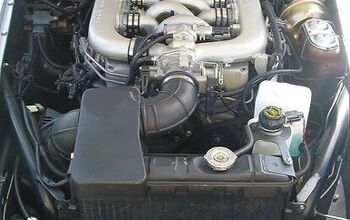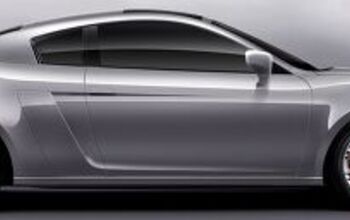Ask The Best And Brightest: Whither Hybrids?
Reported sales of hybrid cars were down by ten percent in 2008, according to Green Car Congress, who keep track of these things. Keep in mind that 2008 was the year that saw $4+ gas, $7k Geo Metros and a general wave of related hysteria. On the other hand, gas has also become quite cheap in the last few months, and hybrid sales are undeniably falling off a cliff. December hybrid sales are down 42.7 percent year-on-year, as Priora pile up on lots and Americans re-learn how to save money. But is the hybrid downturn a sign of a dying fad, or a temporary blip? There’s a strong argument to be made that the hybrid price premium will be a tough sell in weak economic times, but if another oil shock comes that premium could look like chump change. But this is not just a question of predicting the oil market. If any of us could really do that, we’d be doing the backstroke in a Scrooge McDuck-sized vault of ducats, not discussing the auto industry. Toyota thinks that they can whittle the hybrid powertrain premium down to a mere $1,500 over normal ICEs, but then they built the hybrid bandwagon nearly single-handedly. Meanwhile, Honda is attacking the Prius on price point with the Insight, and Ford is going after the Camry on patriotism with its Fusion hybrid. But will this competition saturate a still-niche market and destroy profitability? After all, hybrids still only make up 2.4 percent of the US market, causing some to call hybrids a dying fad. Or will hybrid technology eventually become ubiquitous, rewarding those who made early investments in it?
More by Edward Niedermeyer


































Comments
Join the conversation
@ CarnotCycle No doubt there are solutions as in the examples you provide but at what cost in weight and service interval. I believe the M1 Abrams has an engine exchange program under way specifically to address durability issues and economy. One of the features of the M1 is the ability swap the engine very quickly (I think that's right). In aircraft the engine RPM is lower than most people think. The General Electric F110 has an RPM limit of 10,000rpm and it's a BIG unit yes, but clearly there are trade-offs in ultimate turning radius for fighter aircraft that you can't have with a car. Small turbines would be very high RPM. I can't find it right now, but there was a company with an example turbine-electric powerplant but I'm fairly sure it was DOA.
@ CarnotCycle (Sorry - off topic). Those small RC engines are amazing. A friend has a 10hp marine gas turbine that he says weighs about 20lbs in one of his (bigger) RC models (he's a nutter though).